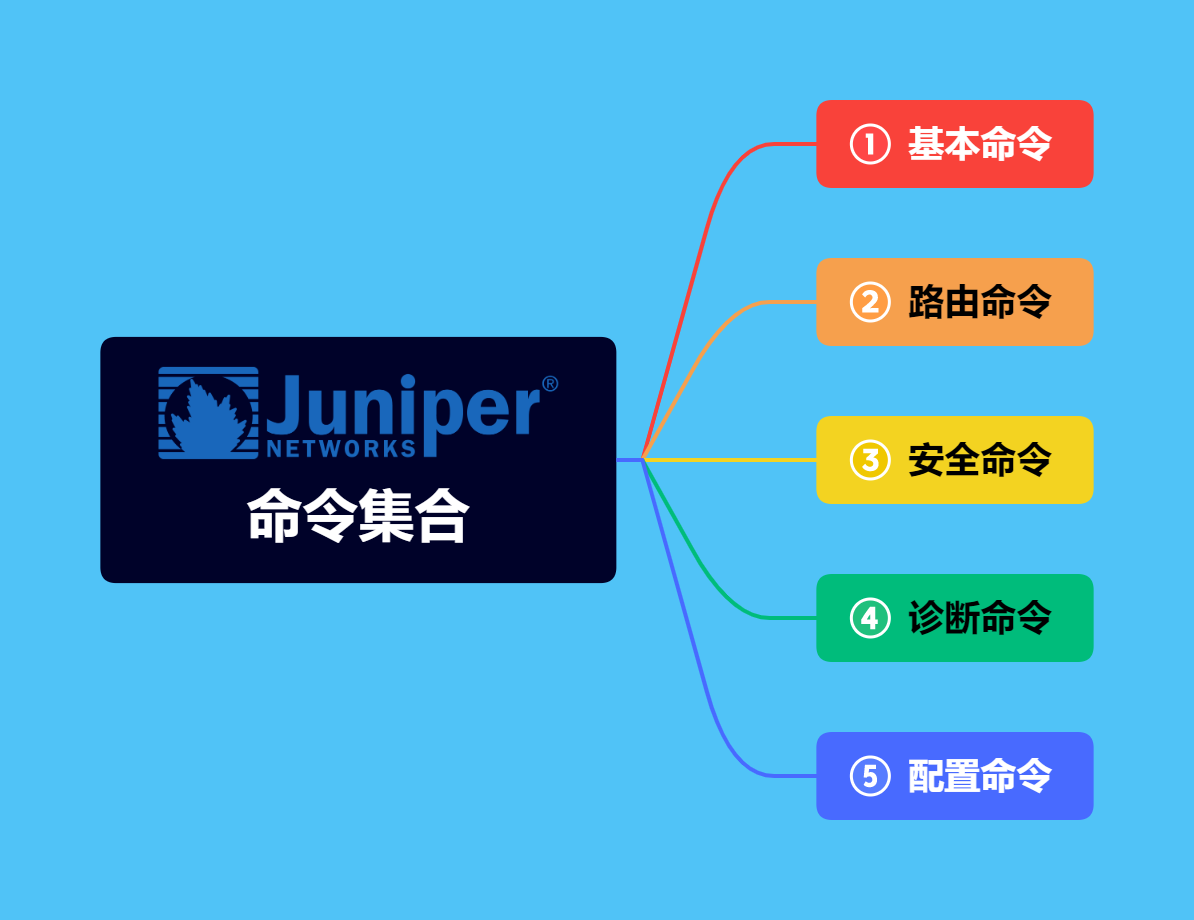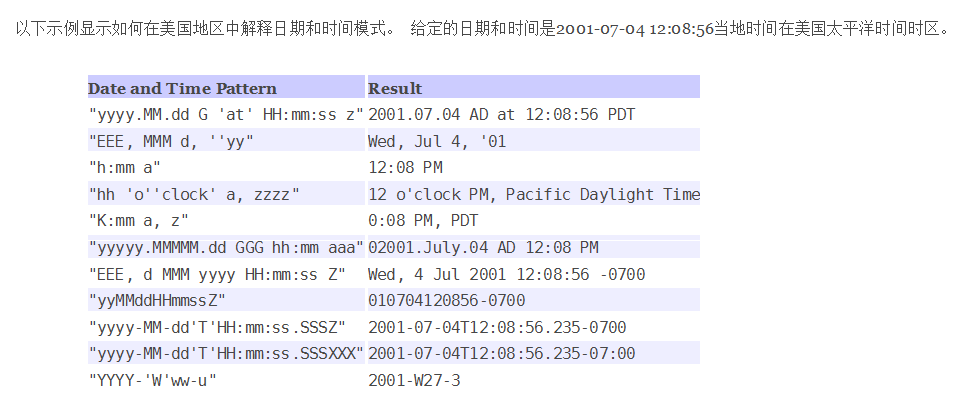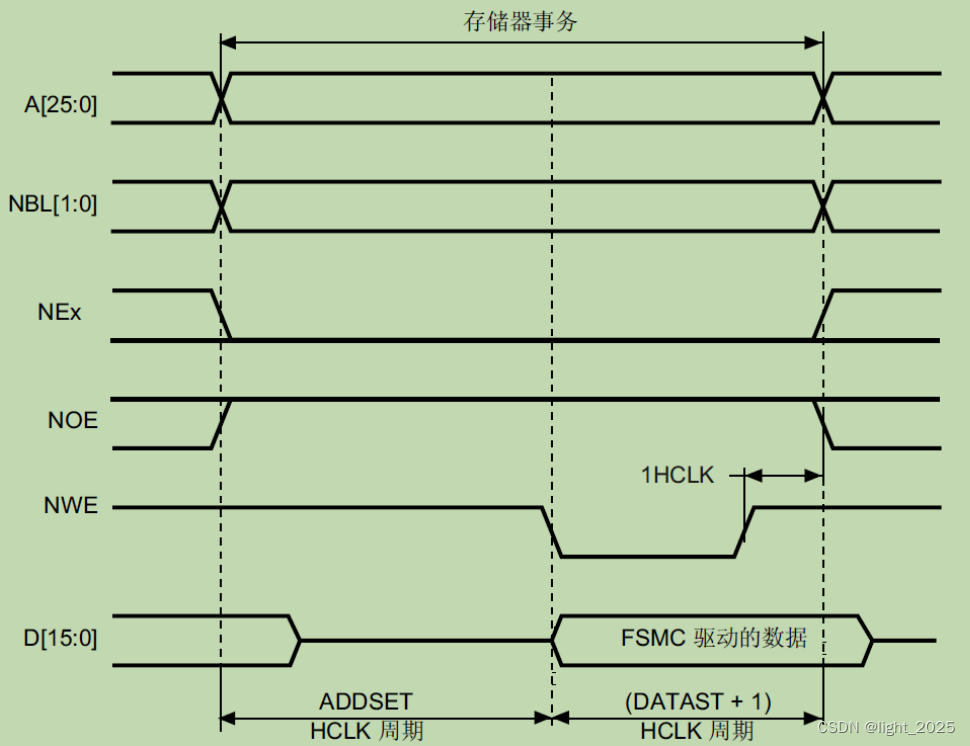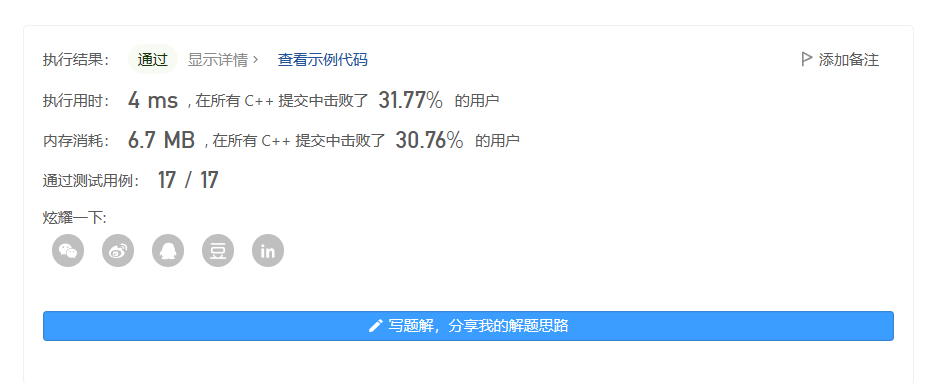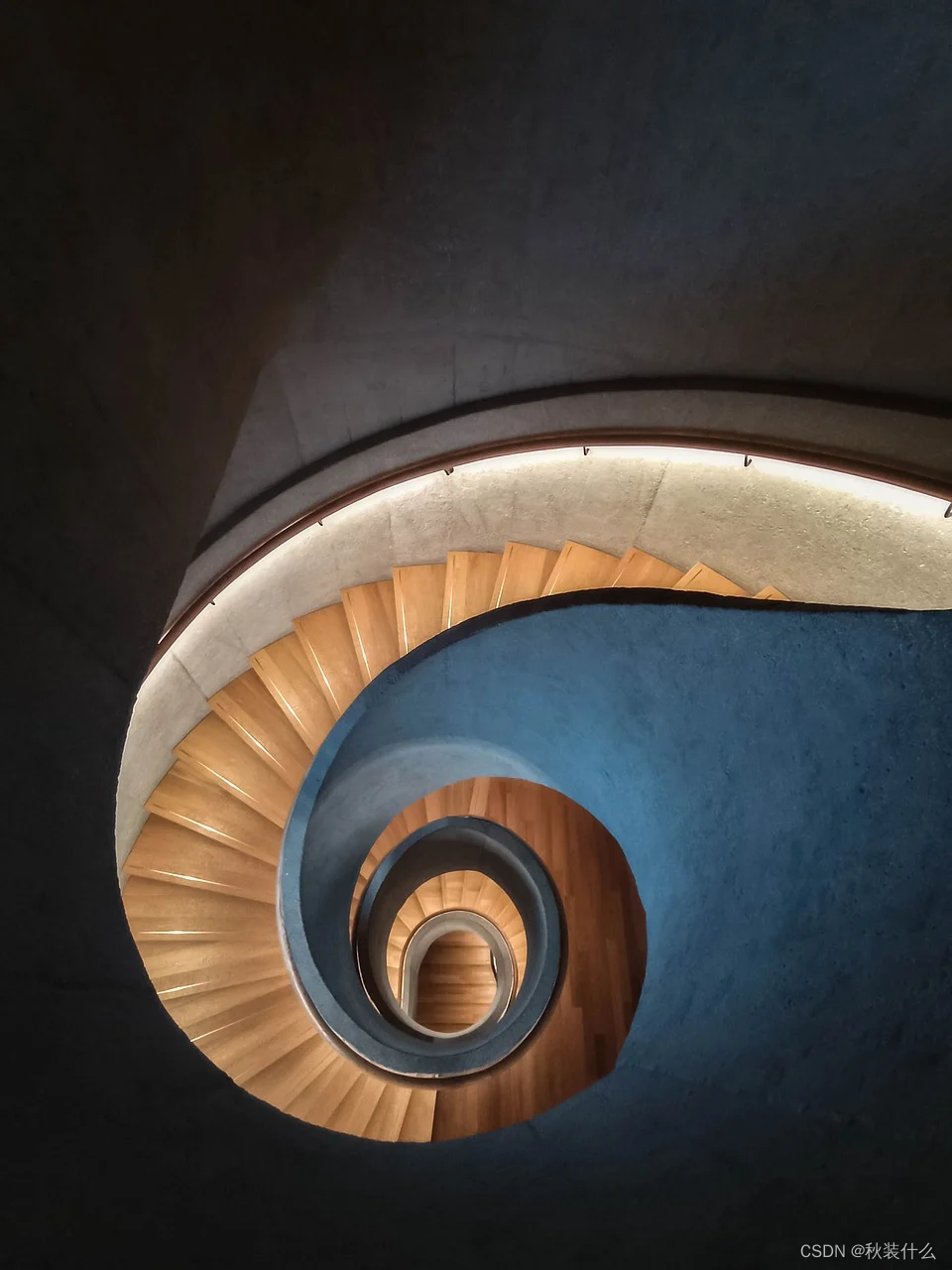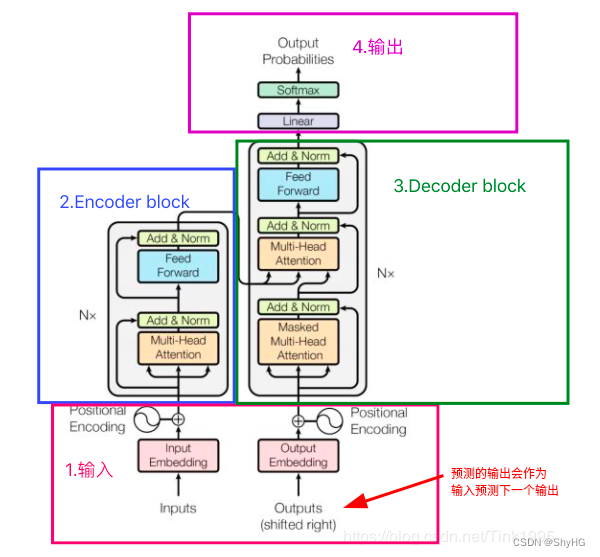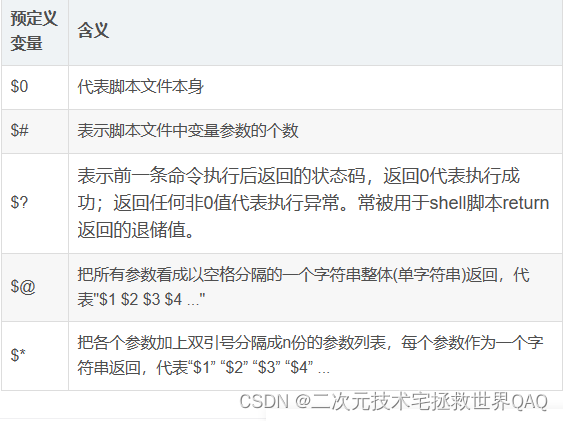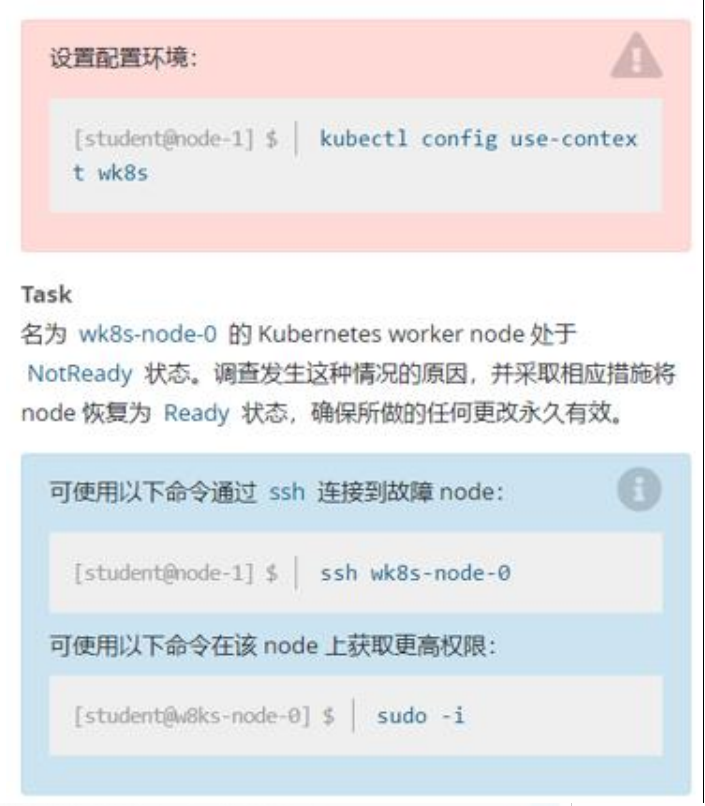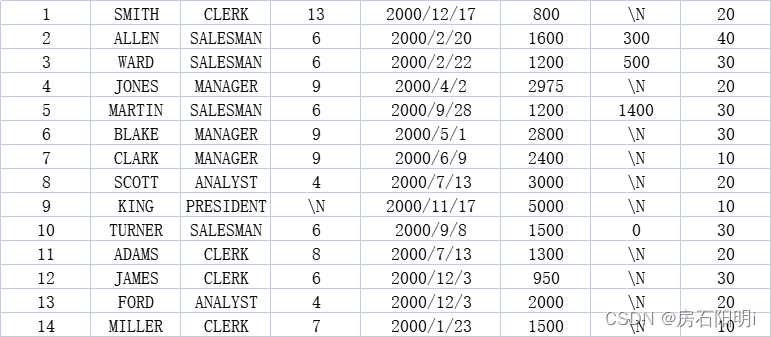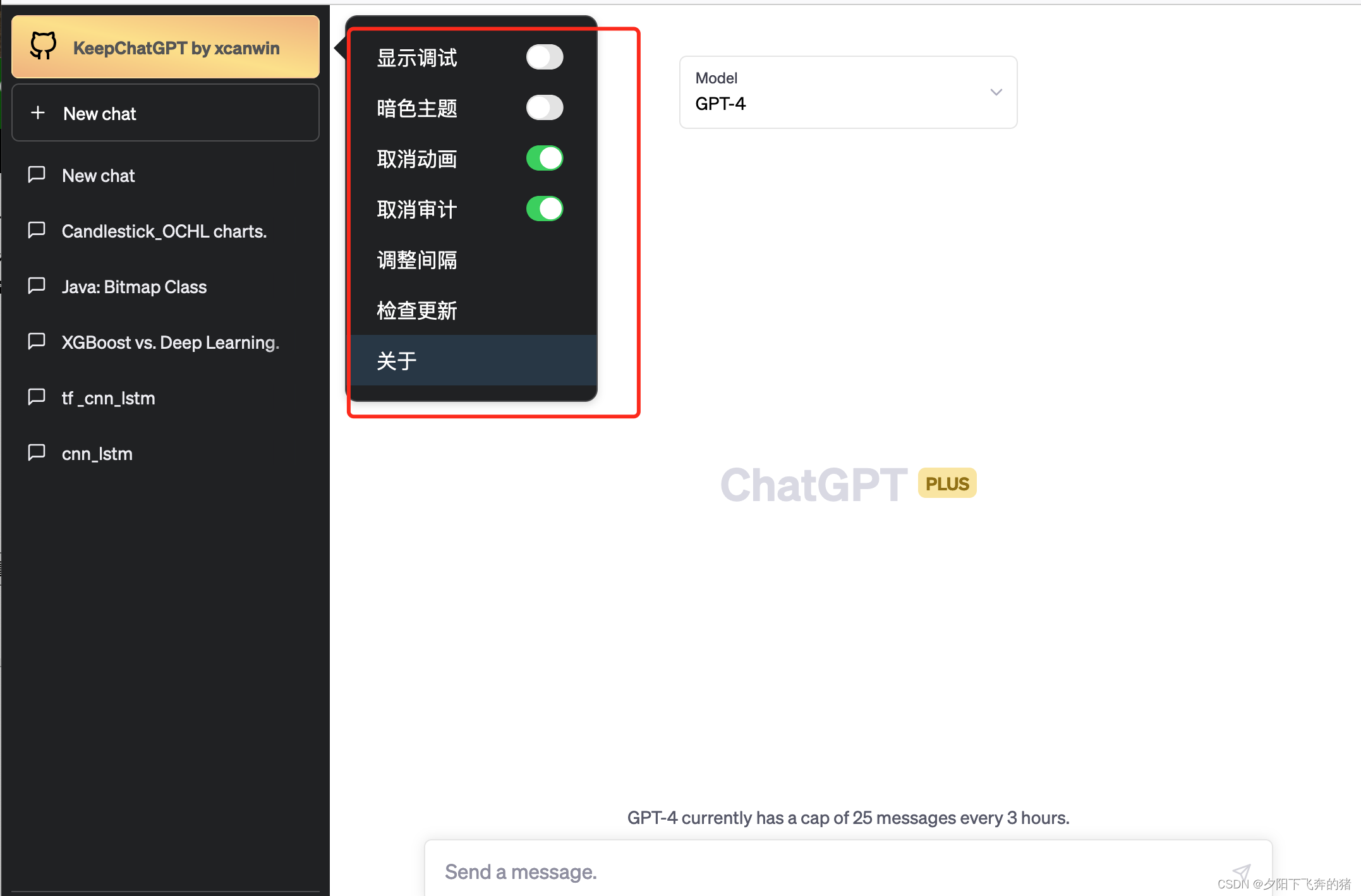目的
将视频接入进来以后,使用算法对图像进行处理并且输出
1 各种接入
2 解码
3 解码后图像算法 如矫正算法
4 共享输出
方式
使用动态库的方式进行扫描底层,每个动态库为一个插件,每个插件包含特定的函数,通过扫描的方式加载所有插件
数据结构
typedef struct PlugIn
{
std::string name;
//获取插件名称
//加载顺序
int no;
func_name_get FUNC1;
//获取插件功能模块函数
func_worker_get FUNC2;
func_no_get FUNC3;
HMODULE Module;
PlugIn* next = NULL;
PlugIn* nextgroup = NULL;
//该插件默认不开启
int inuse = 0;
}PlugIn;
其中,基本的数据结构包含PlugIn 数据结构,两个hash表,一个hash表为容器,存储所有对象,也方便立刻查找到某一个插件,另外一个hash表为指针数据,每个对象由next指针和nextgroup指针, nextgroup表示都为同一个no号码的动态库,比如no为0 的动态库优先级为最高,但是有三个,表示为同一优先级,并且可以并行执行,只有一个表示必须单独执行。最大插件为256,不能超过这个数目。超过这个数目不加载。
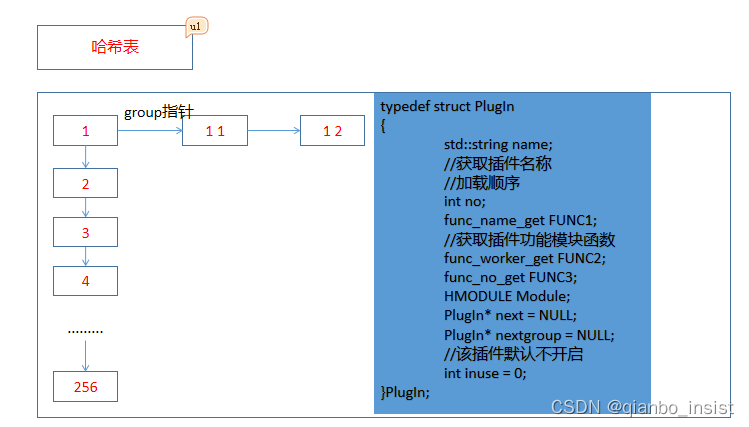
动态库示例
#include <stdint.h>
#include <opencv2/opencv.hpp>
#include <string>
extern "C"
{
_declspec(dllexport) std::string WINAPI func_name();
_declspec(dllexport) cv::Mat WINAPI _fastcall func_worker(cv::Mat& data, int w, int h);
_declspec(dllexport) int WINAPI func_no();
}
3 插件框架
3.1 插件基础函数定义
typedef std::string (WINAPI *func_name_get)();
typedef cv::Mat (WINAPI *func_worker_get)(cv::Mat& data, int w, int h);
typedef int (WINAPI *func_no_get)();
三个函数分别表示为名称获取,功能,no号码获取,每个插件必须包含这三个函数
3.2 扫描文件系统
int scandll(const std::string &path, std::vector<std::string> &dirs,
std::vector<std::string> &files)
{
struct _finddata_t filedata;
memset(&filedata, 0x0, sizeof(filedata));
std::string _path = path;
//windows is dll
_path += "\\*.dll";
intptr_t handle = _findfirst(_path.c_str(), &filedata);
if (handle == -1)
{
std::cout<<"扫描目录失败.\n"<<std::endl;
return -1;
}
do
{
if (filedata.name[0] != '.')
{
//cout<<file.name<<endl;
if (filedata.attrib & _A_SUBDIR)
dirs.push_back(filedata.name);
else
files.push_back(path+"\\"+filedata.name);
if (filedata.attrib & _A_SUBDIR)
{
//文件为目录(文件夹)
std::string tmp_path = path;
tmp_path += "\\";
tmp_path += filedata.name;
//递归遍历
scandll(tmp_path, dirs, files);
}
}
} while (!_findnext(handle, &filedata));
_findclose(handle);
return 0;
}
该函数为扫描文件夹下plugin 下面文件夹所有的动态库,window下扫描所有dll, 而linux下则扫描所有 so 文件
int loadall(std::vector<std::string> dlls)
{
memset(&v_cache[0], 0, sizeof(v_cache));
int ret = 0;
auto iter = dlls.begin();
while (iter != dlls.end())
{
if (load(*iter) == 0)
ret++;
iter++;
}
PlugIn* a = NULL;
PlugIn* b = NULL;
//将指针数据里的数据链接起来
for (int i = v_minno; i <= v_maxno; ++i)
{
if (v_cache[i] != NULL)
{
if (a == NULL)
{
a = v_cache[i];
//记录第一个编号,最小的编号
v_firstno = i;
}
else
{
a->nextgroup = v_cache[i];
a = v_cache[i];
}
}
}
return ret;
}
以上为装载过程,单个load函数如下所示:
//改进算法使用链表和
int load(std::string& name)
{
std::cout << "load name " << name << std::endl;
PlugIn plugin;
plugin.no = -1;
//func_name_get FUNC1 = NULL;
//func_worker_get FUNC2 = NULL;
plugin.Module = LoadLibraryA(name.c_str());
if (plugin.Module == NULL)
return -1;
plugin.FUNC1 = (func_name_get)GetProcAddress(plugin.Module, "func_name");
plugin.FUNC2 = (func_worker_get)GetProcAddress(plugin.Module, "func_worker");
plugin.FUNC3 = (func_no_get)GetProcAddress(plugin.Module, "func_no");
if (plugin.FUNC3 != NULL)
{
plugin.no = plugin.FUNC3();
}
else
{
FreeLibrary(plugin.Module);
return -1;
}
if (plugin.no > (PLUGIN_MAX - 1))//编号过大直接卸载
{
FreeLibrary(plugin.Module);
return -1;
}
if (plugin.no < 0)
plugin.no = 0;
if (plugin.FUNC1 != NULL && plugin.FUNC2!=NULL)
{
plugin.name = plugin.FUNC1();
//hash表准备
v_mapplugin[plugin.no] = plugin;
PlugIn* pobj = &v_mapplugin[plugin.no];
int no = plugin.no;
if (no > v_maxno)
v_maxno = no;//记录最大插件编号
if (no < v_minno)
v_minno = no;//记录最小插件编号
//cache表只是按顺序放的指针
PlugIn* tmp = v_cache[no];
if (tmp == NULL)
v_cache[no] = pobj;
else
{
while (tmp != NULL && tmp->next != NULL)
{
tmp = tmp->next;
}
tmp->next = pobj;
}
}
return 0;
}
单个插件装载的时候要注意是否有同一插件编号,有则挂到最末端的指针,如果要在组里面继续使用优先级,可以改变上面代码,增加一个组内编号。
单元测试
将以上函数封装成类后,使用单例挂载对象,指定扫描目录为plugin,开始加载,执行函数,下面测试只简单测试是否挂载正常,打印所有链接的插件名称。
#include "../client/plug.h"
#include <iostream>
#ifdef _DEBUG
#pragma comment(lib,"opencv_world450d.lib")
#else
#pragma comment(lib,"opencv_world450.lib")
#endif
using namespace std;
int main()
{
//PlugIn* v_cache[256] = { 0 };
//PlugIn in1;
//in1.no = 2;
//in1.name = "test";
//v_cache[in1.no] = &in1;
//std::cout << v_cache[2]->name << std::endl;
string path = "plugin";
vector<string> sub_dir,sub_file;
c_plugins::instance()->scandll(path, sub_dir, sub_file);
c_plugins::instance()->loadall(sub_file);
c_plugins::instance()->printoutname();
这里可以执行图像函数,输入opencv Mat
c_plugins::instance()->unload_all();
return 0;
}
测试结果

继续改进
将使用热插拔的方式继续改进,以上代码暂时是在windows上执行,下一版将增加linux代码。
